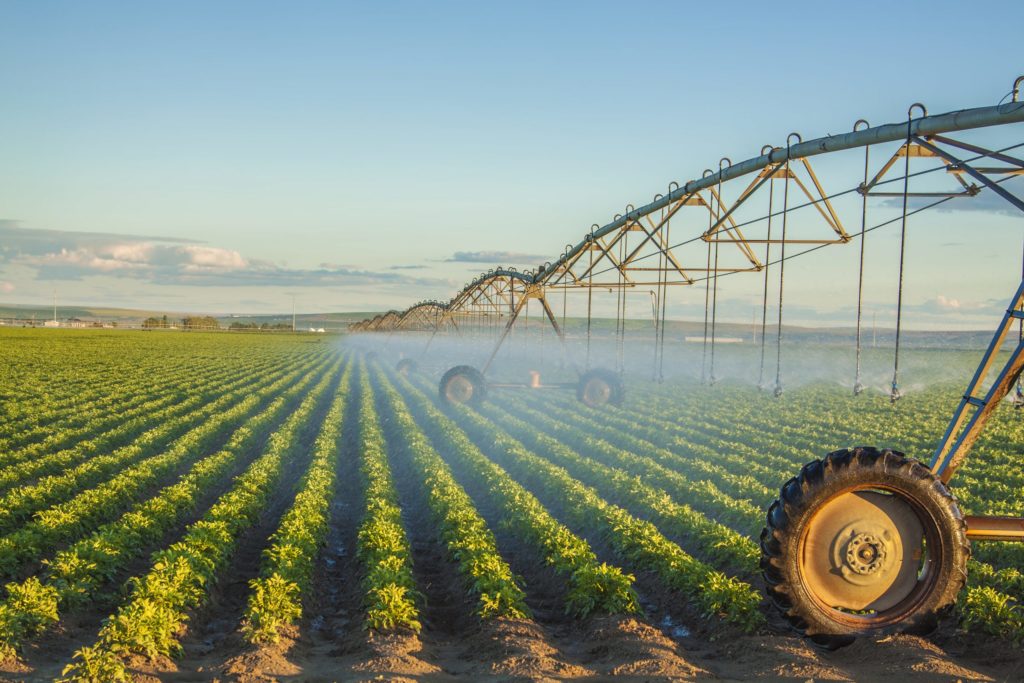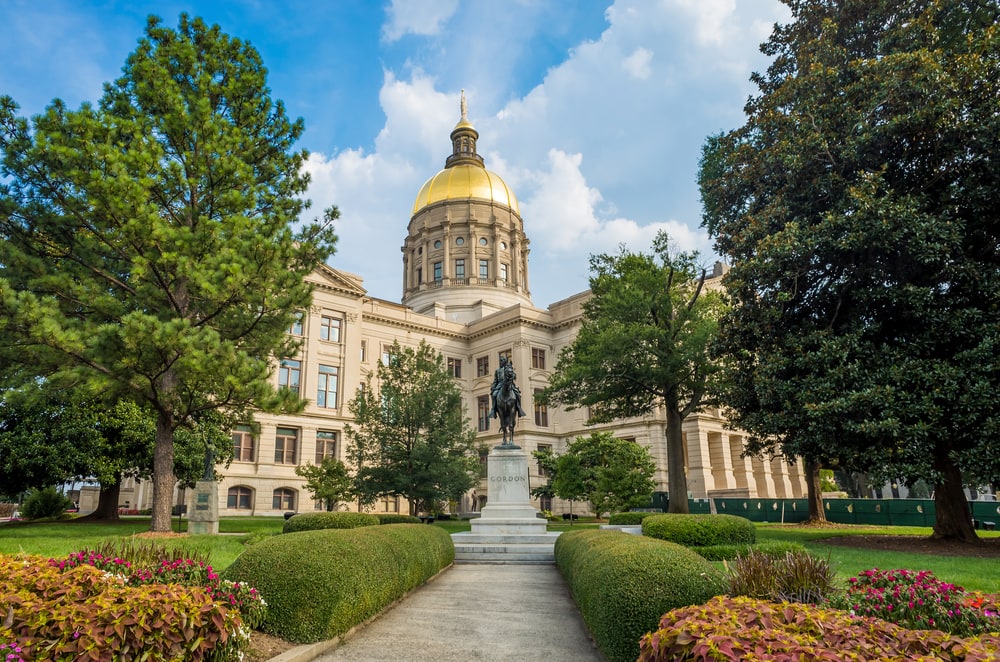California – Mega Catastrophe Ground Zero
California’s destructive Christmas Eve and January storms are a grim reminder that the state is perilously exposed to massive flooding. A paltry 215,000 Californians—less than 2 percent of the state’s homeowners—buy flood insurance, which is excluded in conventional homeowners insurance policies.
California is also majorly exposed to earthquakes. Despite having 90 percent of the country’s earthquakes, only 10 percent of Californians carry earthquake insurance. The lack of consumers securing flood and earthquake insurance is sheer folly—and equivalent to walking barefoot on broken glass and hoping not to get cut. Insurance is a financial first responder. Government disaster relief covers only a fraction of losses sustained, whereas insurance can make one whole. But just as food is no good for someone unless they eat it, insurance will do nothing unless it’s bought.
California ARkStorm
California’s recent torrential rains were examples of the meteorological phenomenon known as an ARkStorm, where “A” stands for “atmospheric,” “R” for “river” and k designates 1,000, meaning such severe storms are supposed to happen once in a thousand years. The phenomenon is also known as a “pineapple express” because atmospheric rivers are formed in Hawaii, a major pineapple producer, before traveling northeast to California.
The “k” in ARkStorm is dangerously misleading because what was thought to be a once-in-a-thousand-years event has happened more frequently. To be sure, in the past two millennia, there have been giant California floods significantly more severe than what we are seeing today. Scientists studying California sediment found evidence of massive ARkStorms in years 212, 440, 603, 1029, 1418 and 1605 AD. And 162 years ago, in the winter of 1861 to 1862, California’s great flood submerged one-third of the state. This data suggests that the frequency of massive atmospheric river flooding in California has historically been a one-in-a-200-year event, not once in a thousand years.
Who Remembers 1862?
In the winter of 1861-2, California was inflicted with 45 days of relentless rain that turned its central valley into a lake 300 miles long and 30 miles wide. Downtown Sacramento was under 10 feet of water. Governor-elect Leland Stanford rowed a boat to his inauguration on Jan. 10, 1862. Sacramento remained flooded for three months. With countless cattle up and down the state drowned, the flood catalyzed the transformation of the state’s economy from ranching to the fruit and vegetable farming powerhouse it is today.
According to a 2011 study by the U.S. Geological Survey called the “ARkStorm Scenario,” if a storm with a magnitude comparable to the great flood of 1861-2 were to recur, it could result in $900 billion (2019 dollars) of damage. Such a storm would flood up to 25 percent of the state’s buildings, breach 50 levees and cause the evacuation of 1.5 million people.
Research suggests that these massive atmospheric river events will take place more frequently than once in 200 years as a result of climate change. The recently released Fourth National Climate Assessment by the U.S. Global Change Research Program found “the frequency and severity of landfalling ‘atmospheric rivers’ on the U.S. West Coast … will increase as a result of increasing evaporation and resulting higher atmospheric water vapor that occurs with increasing temperature.” The report estimates that ARkStorms may occur four or five times as frequently as they have historically, or once every 40 or 50 years rather than once every 200 years, as a result of climate change. The report ominously concludes that unless major upgrades are made to the state’s flood control infrastructure, multiple $1 trillion floods will likely take place in California in the coming decades.
The City that Waits to Die
Insurance company training for rookie underwriters used to include sitting through a riveting 1970 documentary movie “The City that Waits to Die.” The premise of the film is that it is only a matter of time before San Francisco is ravaged by an earthquake on the scale of the great San Francisco earthquake of 1906. A study released on the 100th anniversary of the 1906 quake estimated that a repeat of the 1906 earthquake, which measured 7.8 on the Richter scale, would cause thousands of deaths and tens of billions of dollars in property loss. The only consolation is that San Francisco now has better fire protection, noting that most of the damage in 1906 was caused by a post-earthquake conflagration. “The City …” presents a gloomy outlook and reminds us that the western United States has experienced even stronger earthquakes than in 1906. In 1964, an earthquake off the coast of sparsely populated Anchorage, Alaska, measured 9.2 on the Richter scale. The movie also points out the distressing detail that there are preschools and elementary schools built directly over the San Francisco fault line—a fact that remains true today.
Responses
It is only a matter of time before California experiences another apocalyptic flood on the order of the great flood of 1861-2 or an earthquake rivaling that of 1906. To be prepared for the “big one,” homes can be retrofitted to mitigate potential structural damage. The California Earthquake Authority (CEA) offers information on recommended measures and offers premium discounts for earthquake insurance for hardened, well-protected homes. Earthquake insurance from the CEA is not expensive. Its premium calculator shows annual premium for a $600,000 home in Sacramento on the order of $200, though the minimum deductible is 25 percent. Flood insurance is available from the government’s National Flood Insurance Program or one of many private flood insurance providers. By bolstering physical protection in the form of mitigation and financial protection in the form of insurance, California will no longer be the state—and San Francisco will no longer be the city—that waits to die.
Image credit: Nick Fox







